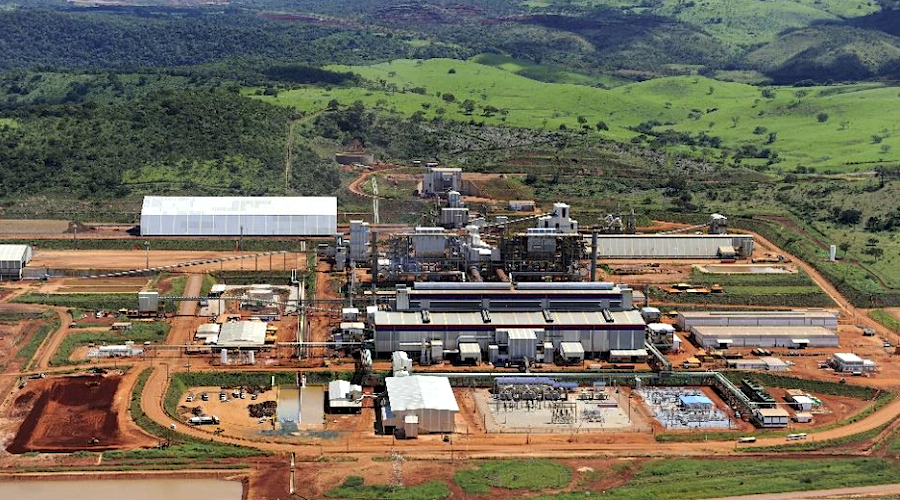Why critical minerals could be too scarce for “America First” mining

The mantra of America First has been a strong central component of President Trump’s political agenda. In pursuing this, the President has identified numerous “critical” materials considered crucial to the United States’ national and economic security.
However, there remain reasons to suggest that the ultimate aim for these materials to be domestically mined and processed in the United States is impractical in the long term.
Critical minerals, but critical problems as well?
In May, the US Department of the Interior published the full list of 35 non-fuel mineral commodities classified as critical. In the previous December the President had issued an executive order aimed at securing these critical minerals in reliable supply for the US.
The order is intended to assist in reducing the country’s need to import these minerals from abroad. According to a US Geological Survey (USGS) report highlighting 23 of the critical materials, 20 are currently sourced from China – though, at least publicly, the US has not set its sights on full self-sufficiency for its mineral supply. Also the current mission could be fraught with handicaps.
A tale of three minerals
Titanium is one of the critical minerals that has come under the President’s focus. The UK-based University of York’s Essential Chemical Industry has noted that almost half of the global supply of titanium is used for aerospace projects, as the Mining Technology site reports.
Another inclusion on the list, Scandium, is currently used for reinforcing and strengthening Aluminium, but could also later be placed in jet engines owing to its resilience at high temperatures. Similarly, another labelled critical mineral, Niobium, is alloyed with Steel to both strengthen and lighten it. The military and tactical importance of a secure supply of these minerals should then be obvious.
The federal government has acknowledged the difficulty of producing Niobium, having listed it as a strategic mineral. All three materials are scarce and, hence, heavily imported, with Brazil supplying 92% of all Niobium and China responsible for 47% of Titanium globally.
Could America’s mineral resources be too limited?
Another USGS report, titled Mineral Commodity Summaries 2018, suggests that national Titanium, Scandium and Niobium reserves could be too restricted for the federal plan’s long-term viability.
Among the report’s sobering observations are that the US has not mined Niobium since 1959, while US mines are capable of producing only 13,100 tonnes of Titanium per year. The picture is also murky for domestic Scandium-mining, largely as the country has a “limited capacity to produce ingot and distilled scandium metal.” In 2016, no Scandium-bearing materials were mined domestically.
A more optimistic tone is struck by Ned Mamula, an adjunct scholar in geosciences at the Center for the Study of Science, and Stephen Moore, an economist at the Heritage Foundation. In a National Review piece, Mamula and Moore wrote that the US’s mineral resources and reserves are “probably more extensive than those of China and Russia combined”.
It’s a rather complex picture of the future for the domestic mining industry but investors might be interested in signing up with the market intelligence firm Benchmark Minerals to learn about the latest developments and promising opportunities as they arise, where they arise.

More News
{{ commodity.name }}
{{ post.title }}
{{ post.date }}




Comments